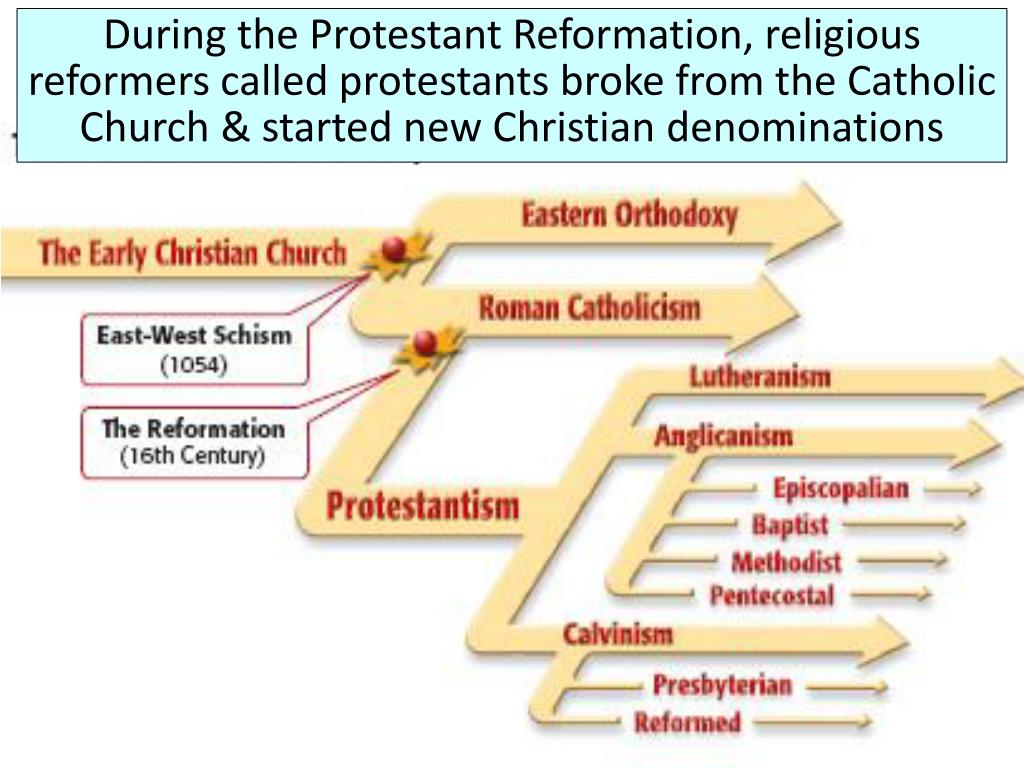There were certain common beliefs and practices that linked all Protestant sects and set them apart from Catholicism. The first of these common denominators was repudiation of Rome’s claim to be the one true faith. The difficulty here was that each Protestant sect initially considered itself to be the one true faith, the legitimate successor to Christ and his apostles.
Some early Protestants were confident that their particular belief would eventually prevail through the slow process of education and conversion. Others, however, could not wait, and though they had once been persecuted themselves, they did not hesitate to persecute in their turn when they rose to power.
The humanist Sebastian Castellio (1515-1563) attacked Calvin’s action against Servetus in Concerning Heretics (1554), which asserted that force should not be used to change religious ideas. This, however, was a minority opinion. In the sixteenth and seventeenth centuries few Europeans accepted the separation of church and state and the coexistence of many creeds tolerated by an impartial government.
A second common denominator of Protestantism was that all its churches placed less emphasis on organization, ritual, and other religious externals than the Catholic church did. All the sects relaxed the requirement of clerical celibacy and either banned or sharply curtailed monasticism.
All reduced the sacraments, retaining only baptism and communion. Veneration of saints declined and pilgrimages and the use of rosaries and amulets disappeared among all Protestants. The more radical also banished musical instruments, sculpture, painting, and stained glass as distracting attention from the contemplation of God.

